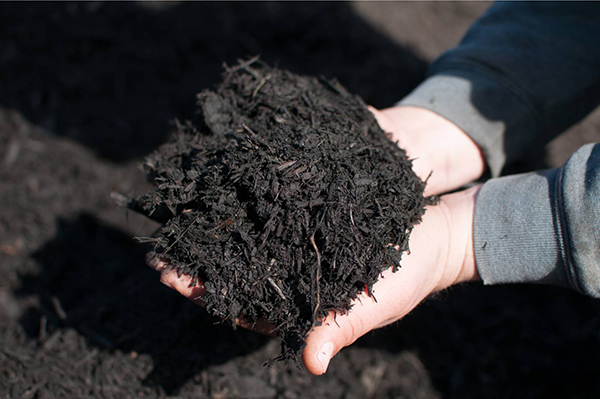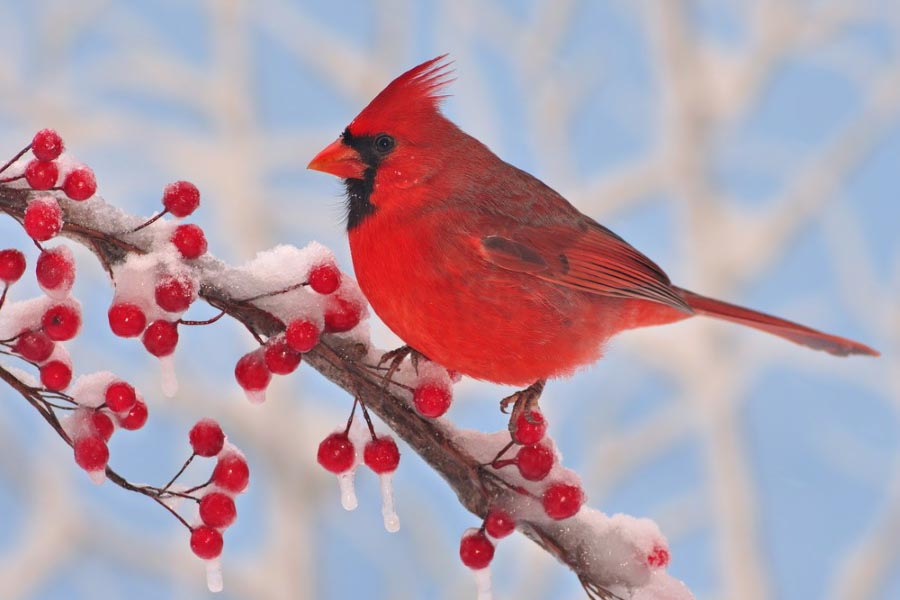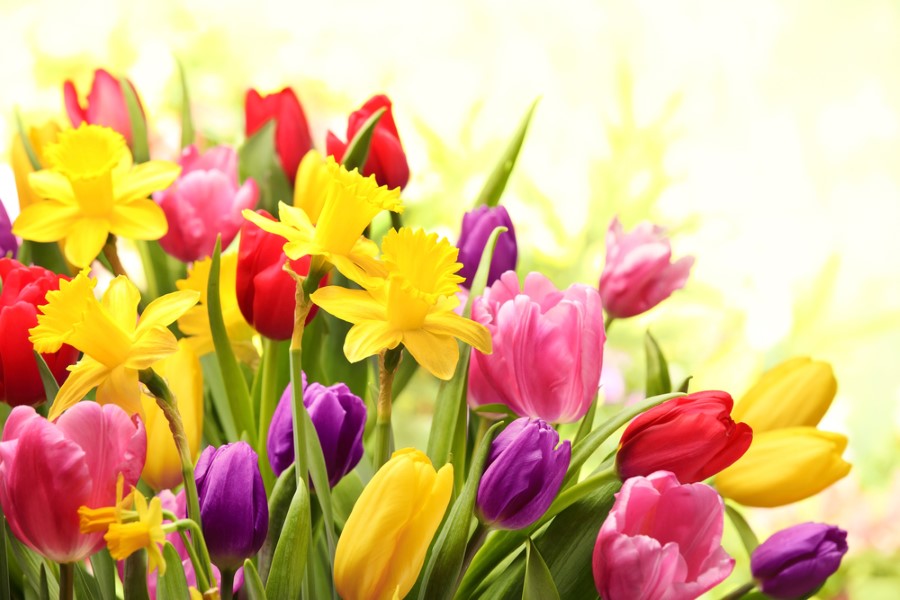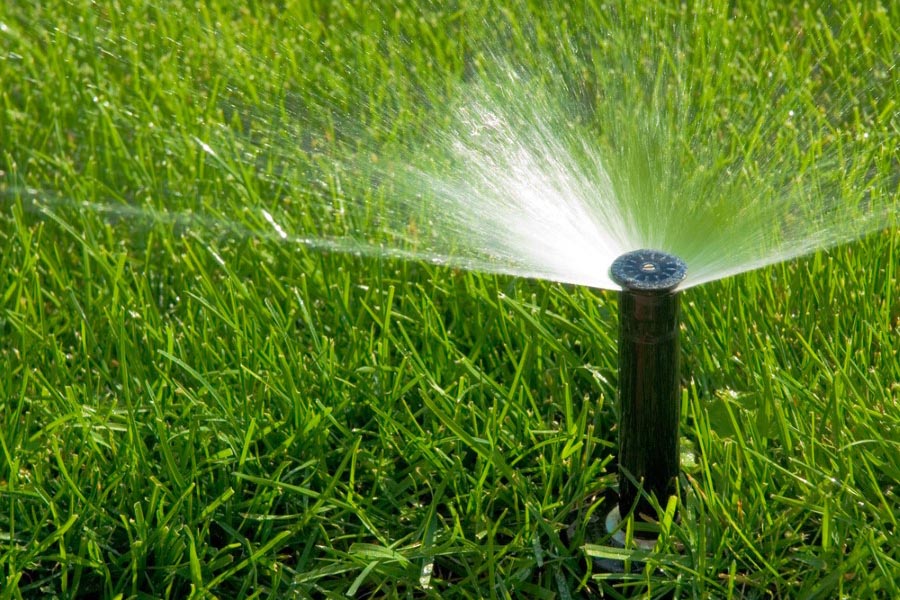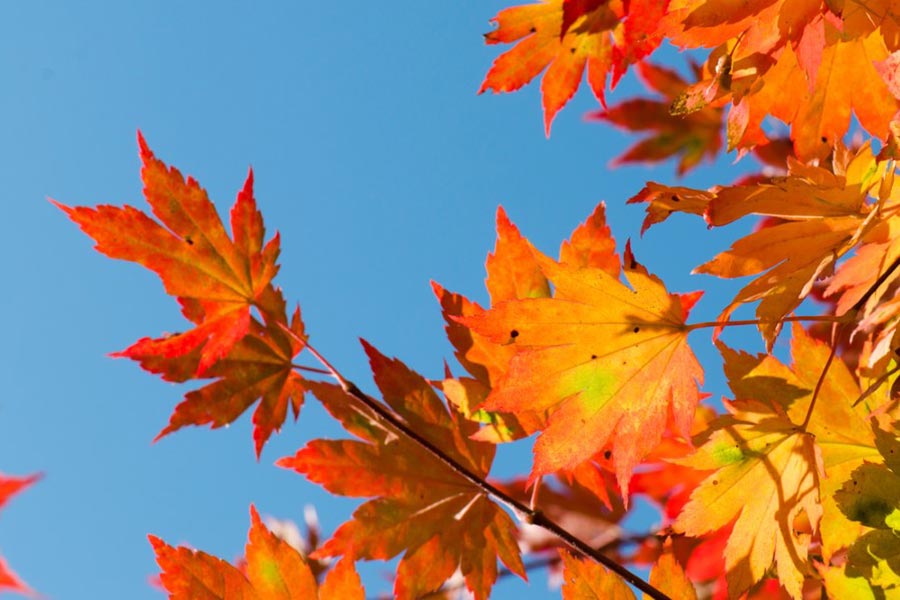Spring Tips
Spring is here! Check out these tips to help you grow a greener, thicker lawn.
Mower Maintenance
- Consult owner’s manual for specific advice on mower maintenance.
- Clean off mower and check under carriage for debris.
- Change the oil. Replace air filter and spark plugs. Lubricate controls and linkages.
- Maintain sharp blades. Torn grass turns brown, is unsightly, and invites disease.
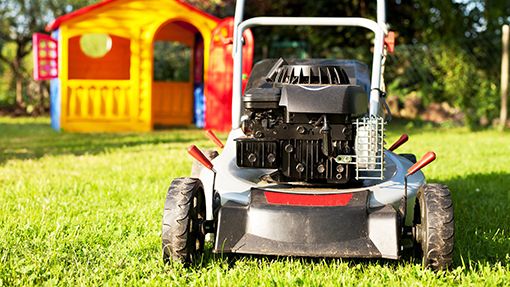
Mowing
- Most lawns in this area are cool season grasses. The peak growth period is when temperatures are 60°-75°.
- Mow high and often. The higher you mow, the deeper the roots with fewer weeds and pests.
- Never take off more than 1/3 of the blade at one time.
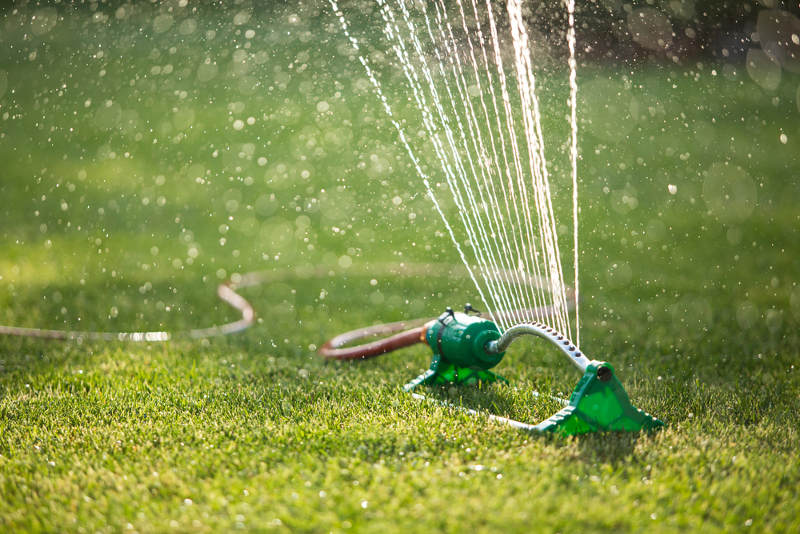
Watering
- Water deeply and infrequently – once or twice per week. The ideal amount is 1″-2″ per week.
- Early morning is the best time to water. Grass that sits wet overnight can invite disease.
Seeding
- Fall is the best time to seed. Spring is the 2nd best time.
- Buy only high quality seed. Always read label – note the date tested to ensure freshness.
- Germination percentage should be at least 85%. Inert matter should not exceed 3%.
- Ideally a bag of seed will contain no weed, other crop or noxious weed seed.
- Apply a starter fertilizer over the seed. Keep evenly moist by watering until 3″ tall.
- New grass can be mowed when 3″-4″ tall.
Fertilizing
- A spring fertilizer feeding promotes strong color, stimulates root development, and increases disease resistance.
- Feed only when lawn is actively growing.
- Follow directions on the label. Keep children and pets away during that time.
- For cool season grasses, the biggest feedings should be late summer and fall.
- In the spring, use lesser amounts of a slow release fertilizer.
- Avoid fertilizing cool season grasses in hot weather. Feeding then does the weeds more good than the grass.
Weed Control
- The best defense in weed control is to grow thick, healthy grass.
- If you don’t have too many weeds, pull them out by hand. Be sure to get the entire plant and root.
- For heavier weed infestation a chemical application may be required. Follow directions carefully.
- Herbicides are chemicals that kill plants. There are two types:
- Pre-emergent – This type kills seeds before they germinate. Effective against annual weeds.
- Post-emergent – This type kills existing weeds.
- New seed and herbicides don’t mix. If you use a herbicide, wait 30 days before you lay down seed.
- A second weed control application may be needed in the late spring to control late germinating weeds.
Mulching
- Mulch reduces moisture loss from roots, minimizes weeds, and gives the landscape a well groomed appearance.
- As beneficial as mulch is, too much can be harmful. Average amount needed – 2″-4″ in depth.
- Most landscapes are over mulched.
- Thick heavy mulch becomes matted and prevents penetration of water and air.
- Avoid mulch “volcanoes” where mulch is piled up around the base of the tree. This method keeps moisture in direct contact with the bark, eventually causing the tree to decline.
- Proper mulching looks more like a “doughnut”. Starting 3-5 inches away from the trunk, create a ring with a depth of 1″ on the inside of the circle to 4″ on the outside.
- The wider the ring, the greater benefit to the roots. Mulch out to the drip line if possible.
